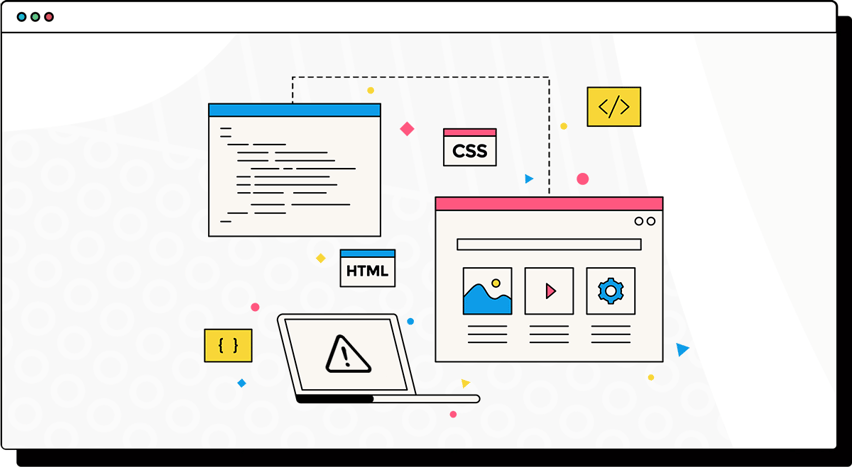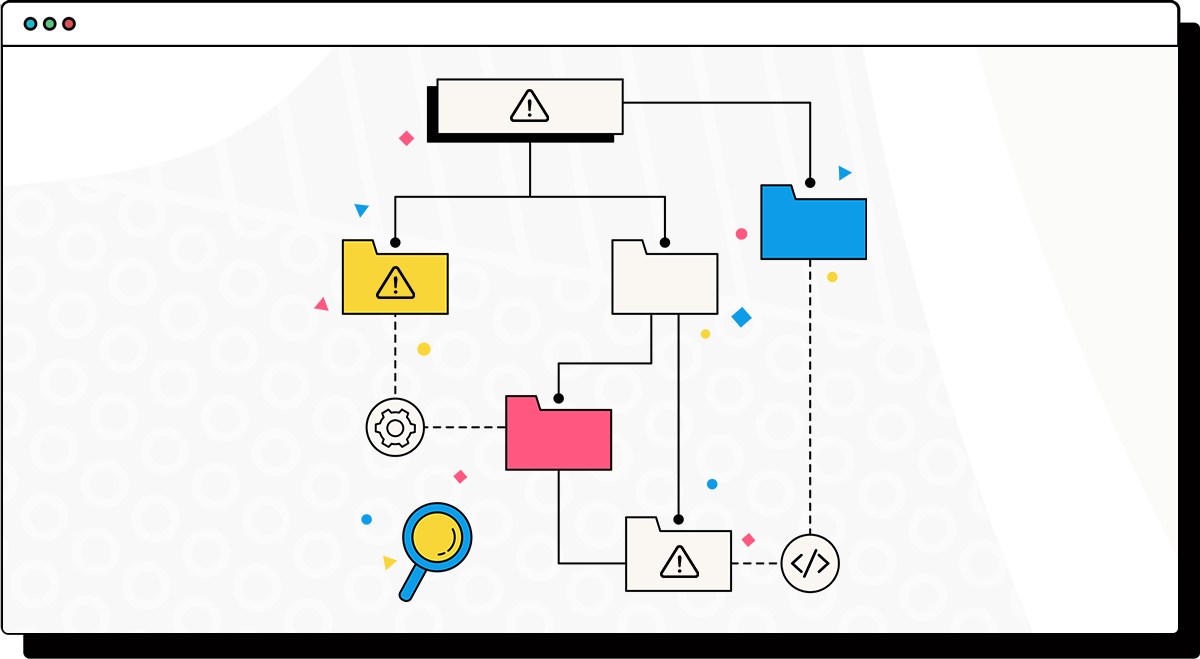Sandboxes provide a liberating space where developers can play around with trial and error, testing new ideas on a duplicate of the live website. It’s a place where some of the most pioneering changes are first born, inspected, and refined. Sandboxes offer developers the opportunity to experiment, analyse and realise the effects of changes they envision making, all without the risk of affecting the live website, and potentially suffering any downtime.
In this blog, we will look at what HubSpot sandboxes are, why they're crucial in website development and what benefits they have for your business.
The Concept
Imagine this situation: Early on a Monday morning, a flood of customer complaints started pouring in: "Your website isn't working!", "I can't access the features you've been advertising."...You immediately scramble, trying to pinpoint the problem. A quick investigation leads to a startling realisation: the cause of these complaints is the new features that were rolled out on the website in the past week. While these enhancements were intended to elevate the user experience, they had inadvertently caused disruptions. The heart of the issue? Those new features hadn't been adequately tested before going live. And the thought echoes, "If only we had tested this in a sandbox first".
This tale underscores the vital importance of HubSpot sandboxes in the development of your Hubspot website – they are not just a luxury but an essential practice to prevent such costly hiccups.

What is a Sandbox?
At its core, a sandbox in HubSpot is like a digital playground – a safe space where developers can freely build, break, and rebuild without causing any real-world damage. Imagine it as a virtual realm separate from the live website, replicating its every nook and cranny but without any of the real-world consequences of potential mistakes.
You might also be wondering why it’s called a 'sandbox'? Think back to your childhood days when you'd play in a sandbox. You could build sandcastles, dig holes, and make a mess. But no matter what you did, the real world around you remained unaffected. Similarly, in website development, the HubSpot sandbox environment allows developers to test out new features, experiment with code, and ensure everything runs smoothly before it goes live for the audience.
In a nutshell, a sandbox is a protective layer, ensuring that users always experience a seamless, error-free website, no matter what's happening behind the scenes.

The Crucial Role of Sandboxes in Development
Let's break down why this environment is so crucial for developers and, by extension, for your business and your website visitors.
Safety first: Picture a tightrope walker practising a new trick. Would they first attempt it over a canyon without a safety net? Highly unlikely. Similarly, when introducing new code or features to a website, doing so directly on the live site is high risk. A sandbox acts as that safety net, offering developers a risk-free environment where they can test new implementations. If something goes awry, the live site remains unaffected, ensuring that visitors continue to have a seamless experience.
Replicating real-world scenarios: One might wonder, "Why not just have a separate test site?" The magic of a HubSpot sandbox lies in its ability to mirror the live environment. By simulating real-world conditions, it offers an authentic testing ground. This ensures that when a feature works in the sandbox, it's highly likely to work just as well when rolled out to the actual site.
Freedom to experiment: A sandbox within the HubSpot platform provides developers the freedom to be bold, to try out-of-the-box solutions, and to iterate without the looming fear of breaking something. It's in this liberating space that some of the most groundbreaking features are first implemented, tested, and refined.
In a world where website uptime, user experience, and swift feature deployment are paramount, sandboxes emerge as unsung heroes. They bridge the gap between creativity and reliability, ensuring that businesses can continuously evolve online without skipping a beat or causing disruptions.

Real-World Scenarios: Mistakes Sandboxes Can Prevent
While it's easy to sing praises about sandboxes, understanding their everyday applications can be much more illuminating. Let’s journey through some of the common mistakes and how sandboxes serve as the first line of defence.
Coding blunders: A missing semicolon, an incorrect variable, or some programming logic flaw can wreak havoc on a website. Even the most seasoned developers aren't immune to the occasional oversight. A sandbox can help highlight such errors before they have a chance to cause disruptions on a live site.
Design miscalculations: In today's multi-device world, ensuring a consistent look and user experience across various screen sizes and browsers is challenging. A design tweak that looks amazing on one device might come out wonky on another. Sandboxes provide an environment where these visual elements can be meticulously tested, adjusted, and retested until perfection is achieved.
Database disasters: Changes to databases, especially on complex websites, can be a minefield. A minor alteration might inadvertently disrupt data connections or functionality elsewhere on the site. Testing these changes within a sandbox helps in pre-empting such disasters, ensuring that data remains coherent, and connections stay robust.

The Financial Benefits of Using Sandboxes
We’ve gone over the technical advantages of sandboxes, now let’s look at another compelling reason why a developer may opt to first use a sandbox whilst developing your HubSpot website: the financial perspective. Here’s a deep dive into how sandboxes can translate into tangible monetary benefits:
Cost of downtime: Imagine an e-commerce site going down during peak sales hours. Not only does the business lose out on immediate sales, but the ripple effect of disgruntled customers, tarnished brand reputation, and potential loss of future business can be enormous. Sandboxes help ensure that any new changes won't cause unexpected outages, safeguarding a business’ revenue stream.
Reputation management: We're in an age where a single negative review can go viral. A glitchy website update can quickly result in frustrated customers voicing their grievances online. Maintaining a positive brand image is priceless, and the cost of damage control can be quite steep. By thoroughly testing in a sandbox, businesses reduce the risk of public errors, preserving their hard-earned reputation.
Efficiency: When developers spend hours, if not days, troubleshooting issues on a live site, it's not just the immediate cost of their time. It's also the opportunity cost of what they could have been working on instead - innovating, refining, or launching new features. Sandboxes streamline the development process, catching potential errors early on, which means less time fixing and more time innovating.
In the bigger picture, sandboxes are not just a development tool - they can also indirectly contribute to the financial wellbeing of a business. By minimising risks, optimising efficiency, and ensuring top-notch user experiences, they play a pivotal role in bolstering a company’s bottom line.

Conclusion
The digital realm can be as exciting as it is unpredictable. With every line of code, every design element, and every feature we introduce, we walk a fine line between progress and instability. And while the call to constantly evolve and improve is relentless, so is the necessity to maintain a flawless user experience. This is where sandboxes emerge as the “capeless” heroes of website development.
So, the next time you’re gearing up to introduce that dazzling new feature or embark on a major site overhaul, remember the HubSpot sandbox. It's not just a playground; it's your safeguard against the unpredictable, ensuring that every step taken forward doesn't inadvertently turn into an 'Oops!' moment.
